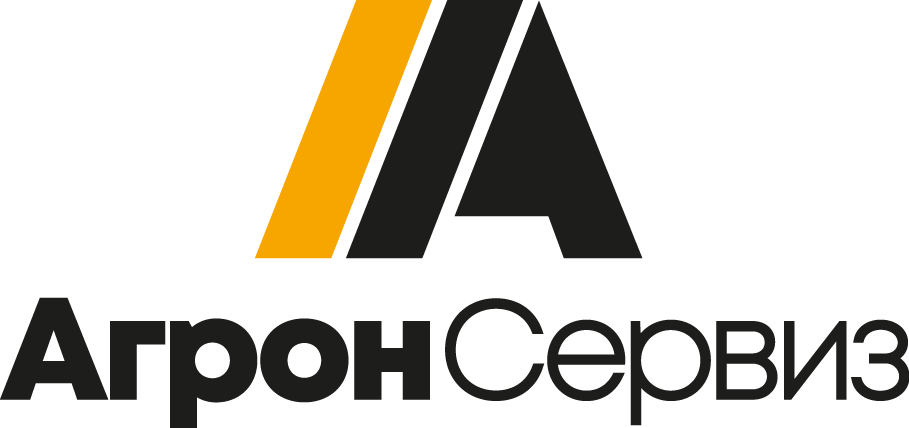The main way that this is checked externally is by the annual MOT, which is carried out at a certified testing centre. An up-to-date MOT is just as vital a legal requirement as a helmet and valid motorcycle insurance.
Every bike must have this test, which thoroughly examines everything from the horn to the exhaust system, once it is three years old.
If it passes then the centre will issue an MOT certificate confirming it met the minimum standards at that time. Taking a bike – particularly an older one that has seen its fair share of iles – to be tested is never an enjoyable experience but with a bit of foresight and preparation you can help increase your chances of it being given the all-clear.
So what will the examiner look for – and what do you need to do?
Basic checks
Let’s start off with the lights. Basically they will be looking at their condition, whether they work and if they are fitted with the correct colour headlamps – all of which you can look at in advance. They will also check the aim of the headlamps.
Next is the steering and suspension. Once again, the condition, security and operation of all these parts will be examined with particular attention focused on the forks, handlebars, head bearings, swinging arm and shock absorbers.
Raise the front wheel off the ground and move the handlebars from lock to lock to ensure they turn freely. Then grasp the forks at the bottom and attempt to push and pull on them as any movement could suggest play in the head bearing.
How does your bike handle?
Moving to the rear and the bike should be bounced to make sure the suspension is working as expected. Also, grasp each swingarm end and try to move it around. If you can this could be a sign that your swingarm bearings are on the way out.
If you have noticed any difference in the handling of your bike it’d be worth getting any problems ironed out beforehand instead of being potentially being forced off the road due to failing the test.
Linked to this will be taking a look at the condition of the wheels and tyres, including whether the right size/type has been fitted to the bike, and the tread depth.
There must also be the correct alignment between the front and rear wheels. Again, these are all checks that you can do before presenting it for examination.

